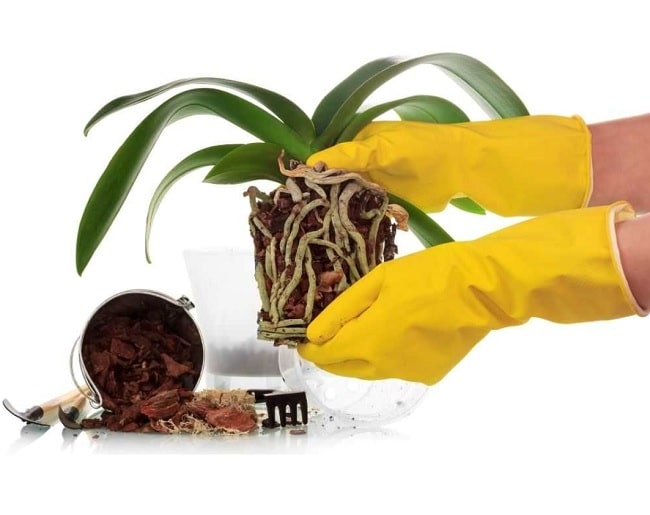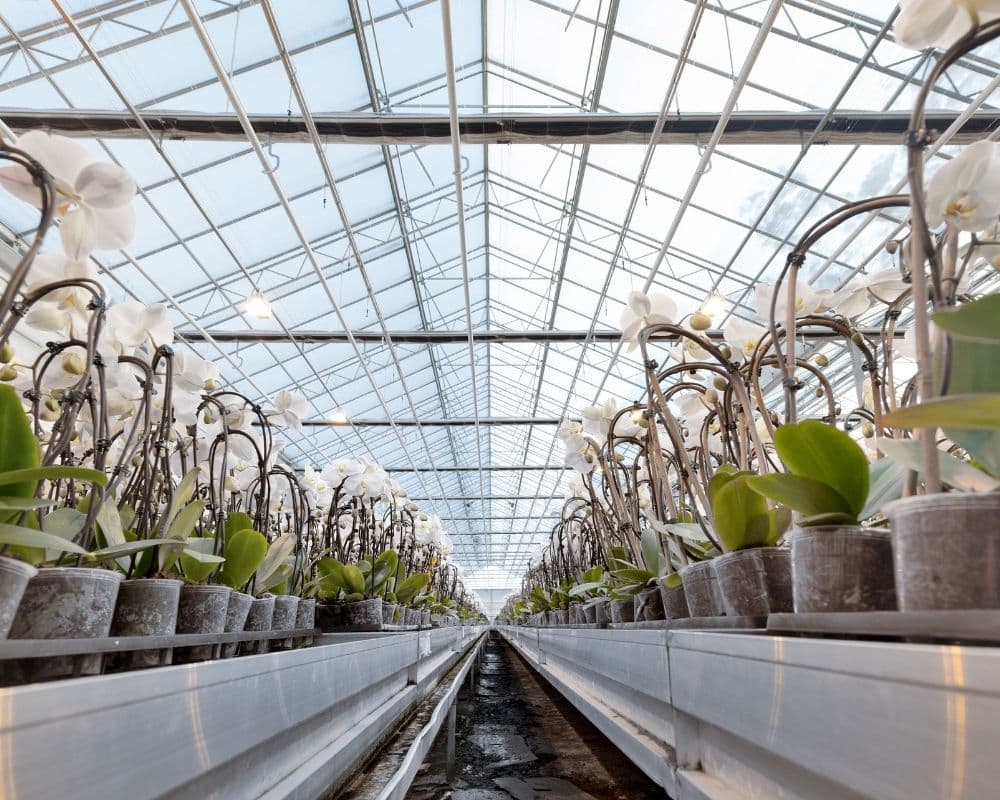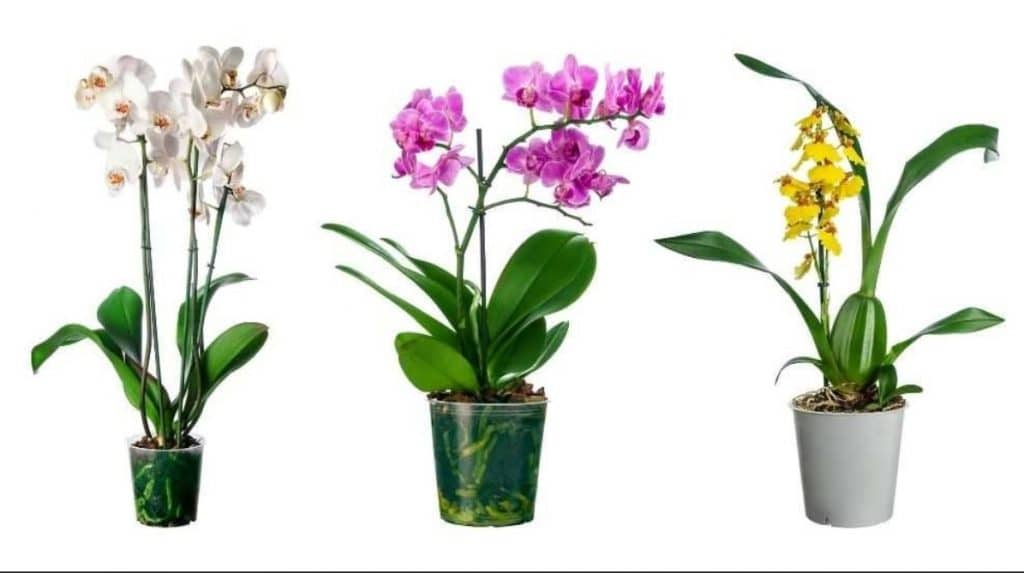Meet The Orchid

Orchids are one of the most beloved indoor plants, admired for their exquisite flowers and elegant foliage. However, orchid care can be challenging compared to other houseplants. This comprehensive guide will provide you with all the information you need to ensure your orchids thrive and bloom beautifully, while also optimizing for SEO with the focus keyphrase “orchid care.”
Understanding Orchids
Basic Information

- Botanical/Scientific Name: Orchid spp.
- Common Names: Orchids, Cane Orchids, Moth Orchids
- Origin: Tropical Forests
- Height/Diameter: 12-16 inches tall
Orchids are native to tropical regions, where they grow by clinging to tree trunks. This unique growth habit influences their care needs when kept indoors. With over 880 genera and more than 22,000 species, orchids are incredibly diverse. The most common types found in homes are Phalaenopsis and Dendrobium orchids.
Orchid Care Essentials
Sunlight Requirements
Proper orchid care begins with understanding their light needs. Orchids thrive in partial shade and low light conditions. Direct sunlight can scorch their leaves and damage flowers, hindering blooming.
- Ideal Light Conditions: Place your orchids where they receive filtered sunlight, such as behind a sheer curtain. This mimics the dappled light of their natural habitat.
- Artificial Lighting: If natural light is insufficient, broad-spectrum LED lighting can provide the necessary light support.
Humidity and Watering
Humidity and watering are crucial aspects of orchid care. Orchids require high humidity levels and careful watering to mimic their natural environment.
- Humidity Levels: Aim for at least 50% humidity during the day and 70% at night. In dry areas, consider using a humidifier or placing a tray of water and pebbles near the plant.
- Water Quality: Use distilled or rainwater to avoid chlorine and lime, which can harm the plant.
- Watering Methods:
- Immersion Method: Submerge the pot in water until air bubbles disappear. This should be done sparingly, about once a month, to prevent nutrient leaching.
- Direct Soil Watering: Use room temperature water and ensure excess water drains away to prevent root rot.
- Ice Cube Method: Place ice cubes on the soil to melt slowly, providing gradual moisture.
Temperature Preferences
Orchids prefer moderate temperatures, reflecting their tropical origins.
- Optimal Temperature Range: Maintain a temperature between 17-22°C (62-72°F). Avoid exposing orchids to temperatures above 29°C (84°F), as excessive heat can damage the plant.
Soil and Potting
Orchids require a special potting mix that allows their roots to breathe, unlike typical houseplants.

- Soil Composition: Use a mix of pine bark and inorganic materials like sphagnum peat moss and perlite. This ensures excellent drainage and aeration.
- Pot Selection: Transparent, light-permeable pots are ideal as they allow light to reach the roots. This mimics the natural environment where orchid roots are exposed to light.
Fertilization
Fertilization is an essential part of orchid care, promoting healthy growth and blooming.

- Fertilizer Type: Use orchid-specific fertilizers that provide balanced nutrients. Liquid or granular forms are suitable.
- Application Frequency: Fertilize orchids every two weeks during the growing season. Reduce frequency during dormancy.
Pruning and Cuttings
Pruning is vital for maintaining orchid health and encouraging new growth.
- Pruning Technique: Cut away any dry or dead branches to redirect energy to new flowers. Ensure pruning tools are sterilized to prevent disease transmission.
Orchid Propagation

Propagating orchids can be challenging but rewarding.
- Propagation Method: The most effective way to propagate orchids is by division. Carefully separate the stems and roots, removing any dead or rotten parts. Repot the divisions in suitable pots and soil.
Pest and Disease Management
Orchids can be susceptible to pests and diseases, requiring vigilant care.
- Common Pests: Mealybugs, aphids, and spider mites are common orchid pests. Regularly inspect plants and treat infestations promptly with insecticidal soap or neem oil.
- Disease Prevention: Root rot and leaf blight are common issues. Ensure proper drainage and avoid overwatering to prevent these diseases.
Advanced Orchid Care Tips
Enhancing Blooming
To enhance blooming, adjust orchid care practices based on seasonal changes.
- Seasonal Adjustments: Reduce watering and fertilization during the dormant period to mimic natural conditions. Increase these practices as the growing season begins.
Environmental Considerations

Creating the right environment is crucial for successful orchid care.
- Air Circulation: Ensure good air circulation around orchids to prevent mold and fungal growth. Avoid placing them in drafty areas.
- Light Adjustment: As seasons change, adjust the position of your orchids to ensure they receive optimal light.
Troubleshooting Common Issues
Even with the best orchid care, issues may arise. Here are some common problems and solutions:
- Yellowing Leaves: This may indicate overwatering or insufficient light. Adjust watering frequency and light exposure accordingly.
- Lack of Blooms: If orchids fail to bloom, check light conditions and fertilization practices. Ensure they receive adequate light and nutrients.
- Wilting: Wilting can result from root rot or dehydration. Inspect roots and adjust watering practices.
Conclusion
Orchid care requires attention to detail and a deep understanding of their natural habitat. By following this comprehensive guide, you can create an environment where your orchids thrive and bloom beautifully. Remember, the key to successful orchid care is replicating the conditions of their tropical origins, ensuring they receive the right amount of light, humidity, and nutrients. With patience and dedication, your orchids will reward you with stunning flowers and vibrant growth.






2 comments
Pingback: ORCHID POTTING MIX: THOSE WHO KNOW RIGHTS AND WRONG - Easy Landscape Architecture
Pingback: HOW AND WHEN TO WATER THE ORCHID? - Easy Landscape Architecture